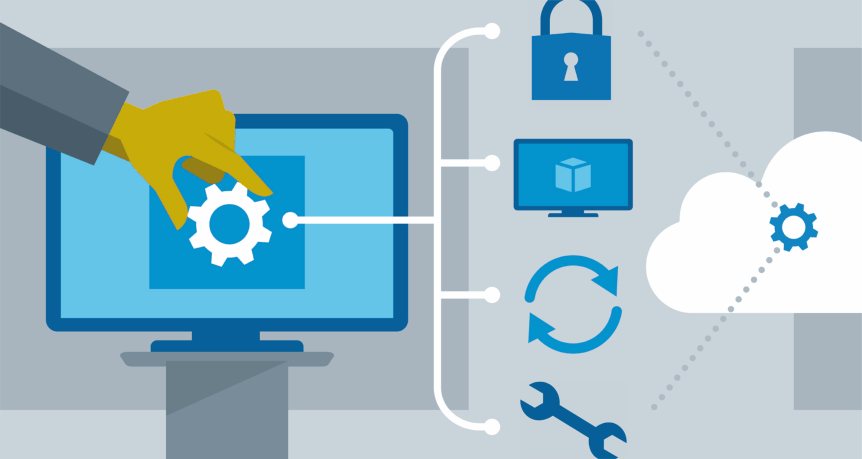Remote Desktop Protocol (RDP) servers are invaluable tools for businesses and individuals looking to access their computers or servers from afar. Whether you need to manage a remote server, assist a colleague with technical issues, or simply access your own desktop while on the go, setting up an speedrdp.com server can streamline your workflow. In this step-by-step installation guide, we’ll walk you through the process of setting up an RDP server, making it as simple as possible.
What is RDP?
Before we dive into the installation process, let’s briefly clarify what Remote Desktop Protocol (RDP) is. RDP is a proprietary protocol developed by Microsoft that allows users to connect to a remote computer over a network connection. It provides a graphical interface to the remote computer’s desktop, essentially allowing you to control it as if you were physically present.
Step 1: Choose Your Operating System
The first step in setting up an RDP server is selecting the operating system that will host your server. Two of the most popular choices are Windows Server and Linux. Here, we’ll provide a brief overview of both options:
- Windows Server: If you’re already using a Windows environment, setting up an RDP server on a Windows Server machine might be the most straightforward option. However, licensing costs and resource requirements should be considered.
- Linux: Linux offers a free and open-source alternative for setting up an RDP server. There are various Linux distributions to choose from, but in this guide, we’ll focus on using Ubuntu as it’s widely adopted and user-friendly.
Step 2: Prepare Your Server
Whether you choose Windows Server or Linux, you’ll need to prepare your server environment. This includes ensuring your server has a static IP address, is connected to the internet, and has the necessary updates installed. Additionally, make sure you have administrative access to your server.
Step 3: Install RDP Software
For Windows Server:
If you’re using a Windows Server machine, RDP is already built-in. You just need to enable the Remote Desktop feature and configure user access. Here’s how:
- Open the “Server Manager” and select “Local Server.”
- In the “Properties” section, find “Remote Desktop” and click “Disabled.” A new window will pop up.
- In the pop-up window, select “Allow remote connections to this computer” and choose who can connect (administrators or specific users).
- Click “OK” to save your settings.
For Linux (Ubuntu):
To set up RDP on Ubuntu, you’ll need to use the xRDP software, which allows you to access your Linux desktop using the RDP protocol. Follow these steps:
- Open a terminal window.
- Install xRDP by running the following commands:
sql
sudo apt update
sudo apt install xrdp
- Start the xRDP service:
sql
sudo systemctl start xrdp
- Enable the xRDP service to start on boot:
bash
sudo systemctl enable xrdp
Step 4: Configure Firewall and Port Forwarding
You may need to adjust your server’s firewall settings and configure port forwarding on your router to allow RDP traffic. On Windows, the firewall settings are usually configured automatically when you enable Remote Desktop. For Linux, you may need to open port 3389 (the default RDP port) in your firewall settings.
Step 5: Connect to Your RDP Server
With your RDP server set up and configured, you’re ready to connect to it. On a Windows machine, use the “Remote Desktop Connection” application, enter the server’s IP address, and log in with the appropriate credentials. On a Mac or Linux system, you can use a third-party RDP client like “Remmina.”
Conclusion
Setting up an RDP server doesn’t have to be a complex task. By following this step-by-step installation guide, you can simplify the process and enjoy the benefits of remote desktop access. Whether you choose Windows Server or Linux, remember to keep your server and RDP software up to date to ensure security and performance. Remote desktop capabilities can enhance your productivity and flexibility, making it an essential tool for modern businesses and individuals alike.
